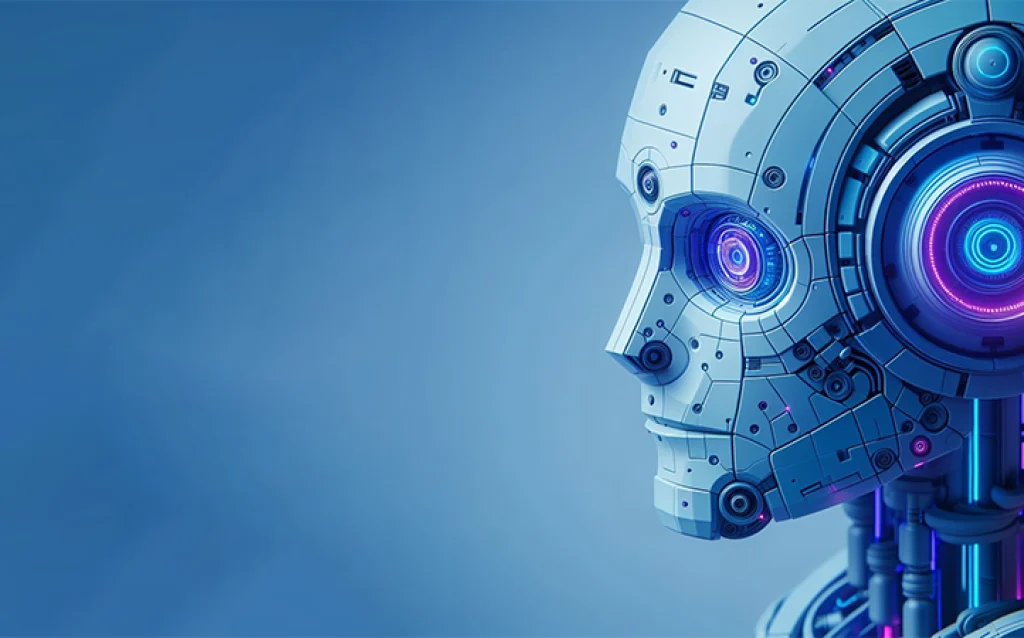Web crawlers are automated software programs that systematically browse websites across the internet, reading content, following links, and collecting data for various purposes. The most common examples include search engine bots like Googlebot, Bingbot, and Yandex Bot, which index web pages for search results. Additionally, SEO analysis tools like Screaming Frog, Ahrefs Bot, and SEMrush Bot help website owners understand their site performance, whilst social media crawlers from Facebook, Twitter, and LinkedIn generate content previews for shared links.
Understanding web crawlers in today’s digital landscape
Web crawlers have become the invisible workforce of the internet, quietly shaping how we discover and interact with online content. These automated programs work round the clock, visiting billions of web pages to gather information that powers search engines, social media platforms, and digital marketing tools.
Think of web crawlers as digital librarians who never sleep. They systematically browse through websites, cataloguing content and creating massive indexes that help users find exactly what they’re looking for. Without these tireless digital workers, search engines wouldn’t know your website exists, and your carefully crafted content would remain hidden in the vast ocean of the internet.
For anyone involved in digital marketing or website management, understanding web crawlers is crucial. These bots determine how your content appears in search results, how social media platforms display your shared links, and how SEO tools analyse your site’s performance. By recognising different crawler types and their purposes, you can optimise your website to ensure maximum visibility and better serve your audience.
What exactly is a web crawler and how does it work?
A web crawler is essentially a computer program that automatically visits websites, reads their content, and follows links to discover new pages. Picture it as a very fast reader who can jump from one book to another in a library, making notes about everything they find along the way.
The crawling process begins when the bot receives a list of URLs to visit, often called a seed list. When it arrives at a webpage, the crawler downloads the page’s HTML code and analyses its content. It identifies all the links on that page and adds them to its queue of URLs to visit next. This process continues indefinitely, creating a comprehensive map of interconnected web pages.
During their visits, crawlers collect various types of information:
- Page content and text
- Meta tags and descriptions
- Images and multimedia files
- Internal and external links
- Page structure and HTML elements
- Loading speed and technical performance indicators
What makes crawlers particularly clever is their ability to respect website rules. They check a file called robots.txt on each website, which tells them which pages they can and cannot access. This allows website owners to maintain control over their content whilst still benefiting from web crawling for search visibility.
Which search engine crawlers visit websites most frequently?
Search engine crawlers are the most frequent visitors to most websites, with Googlebot leading the pack. As Google’s primary web crawler, Googlebot visits websites multiple times per day, especially for frequently updated sites like news portals or active blogs. This bot comes in two main versions: one for desktop and another for mobile, reflecting Google’s mobile-first indexing approach.
Bingbot, Microsoft’s answer to Googlebot, is the second most common visitor for many websites. Whilst it doesn’t crawl as frequently as Googlebot, Bingbot still plays a vital role in how content appears on Bing search results and powers other Microsoft services. Understanding how AI influences modern SEO practices can help you optimise for both major search engines effectively.
Other significant search engine crawlers include:
- Yandex Bot – Essential for visibility in Russian-speaking markets
- Baidu Spider – Crucial for reaching Chinese audiences
- DuckDuckGo Bot – Growing in importance as privacy-focused search gains popularity
- Seznam Bot – Important for Czech Republic search visibility
Each crawler has its own crawling patterns and frequencies. Googlebot might visit popular pages several times daily, whilst smaller search engine bots might only visit weekly or monthly. The frequency depends on factors like your site’s authority, update frequency, and the crawler’s resources. By monitoring your server logs, you can see exactly which crawlers visit your site and how often, helping you understand your crawl optimisation needs.
What are the most popular SEO crawler tools for website analysis?
Professional SEO crawler tools have revolutionised how we analyse and improve websites. Screaming Frog SEO Spider stands out as perhaps the most popular desktop-based crawler, allowing you to crawl up to 500 URLs for free. It mimics search engine behaviour, identifying technical issues like broken links, duplicate content, and missing meta descriptions that could harm your rankings.
Ahrefs Bot serves a different purpose, continuously crawling the web to build one of the largest backlink databases available. When you audit your blog articles, tools powered by crawlers like Ahrefs Bot help you understand your link profile and discover new linking opportunities. Similarly, SEMrush Bot powers comprehensive site audits and competitive analysis features.
| SEO Crawler Tool | Primary Function | Best For |
|---|---|---|
| Screaming Frog | Technical SEO audits | Finding on-page issues |
| Ahrefs Bot | Backlink analysis | Link building research |
| SEMrush Bot | Competitive analysis | Market research |
| Moz’s Rogerbot | Domain authority tracking | Authority metrics |
| DeepCrawl | Enterprise site audits | Large website analysis |
These tools offer capabilities that go beyond simple crawling. They analyse page load times, identify redirect chains, check for proper header tag usage, and even simulate different user agents. For digital marketers looking to leverage AI for profitable SEO strategies, understanding how these crawlers work provides a foundation for more advanced optimisation techniques.
How do social media crawlers differ from search engine bots?
Social media crawlers operate with a fundamentally different purpose than search engine bots. Whilst search crawlers aim to index and rank content for search results, social media crawlers focus on generating rich previews when users share links. Facebook’s crawler, for instance, looks specifically for Open Graph meta tags to create those eye-catching link previews with images, titles, and descriptions.
Twitter’s bot (now X’s crawler) works similarly but prioritises Twitter Card meta tags. When someone shares your link on the platform, this crawler determines what image, title, and description appear in the tweet. LinkedIn’s crawler follows the same pattern, ensuring professional content displays appropriately in a business context.
The key differences between social and search crawlers include:
- Crawling frequency – Social crawlers typically visit only when links are shared
- Data collection – They focus on preview elements rather than full content indexing
- Caching behaviour – Social platforms cache preview data more aggressively
- Respect for robots.txt – Some social crawlers ignore certain robots.txt directives
Understanding these differences helps explain why sometimes your perfectly optimised search content might not look great when shared on social media. You need specific meta tags for each platform, and knowing how AI assists in creating engaging content can help you craft descriptions that work across all platforms.
Key takeaways about web crawlers and their impact on your website
Web crawlers form the backbone of how content gets discovered and shared online. From search engine bots that determine your rankings to SEO tools that help improve your site, understanding these automated visitors is essential for digital marketing success. Each type serves a specific purpose, whether it’s Googlebot indexing your pages for search or Facebook’s crawler creating link previews.
Managing crawler access through robots.txt gives you control over which bots can access your content and how frequently. Smart crawl optimisation means balancing accessibility for beneficial crawlers whilst preventing unwanted bots from consuming server resources. Regular monitoring of your crawl stats helps identify issues before they impact your visibility.
For website owners and digital marketers, the key is recognising that different crawlers need different optimisation strategies. Search engine bots need clean code, fast loading times, and quality content. Social media crawlers require proper meta tags and engaging preview elements. SEO crawler tools need access to analyse your site effectively whilst AI-powered link building strategies rely on crawler data to identify opportunities.
Looking ahead, web crawlers continue evolving alongside AI and machine learning technologies. They’re becoming smarter at understanding content context, user intent, and page quality. By staying informed about crawler behaviour and maintaining crawler-friendly websites, you ensure your content reaches its intended audience effectively. To learn more about optimising your digital presence, explore our comprehensive SEO solutions designed for modern web crawling challenges.





